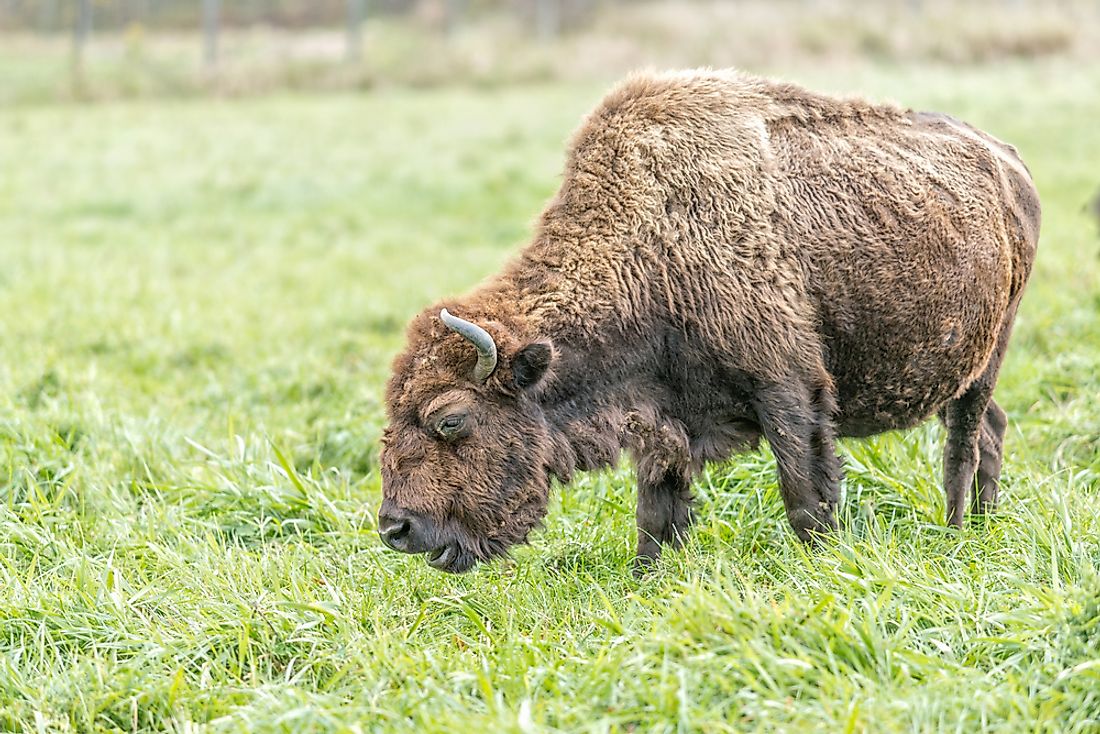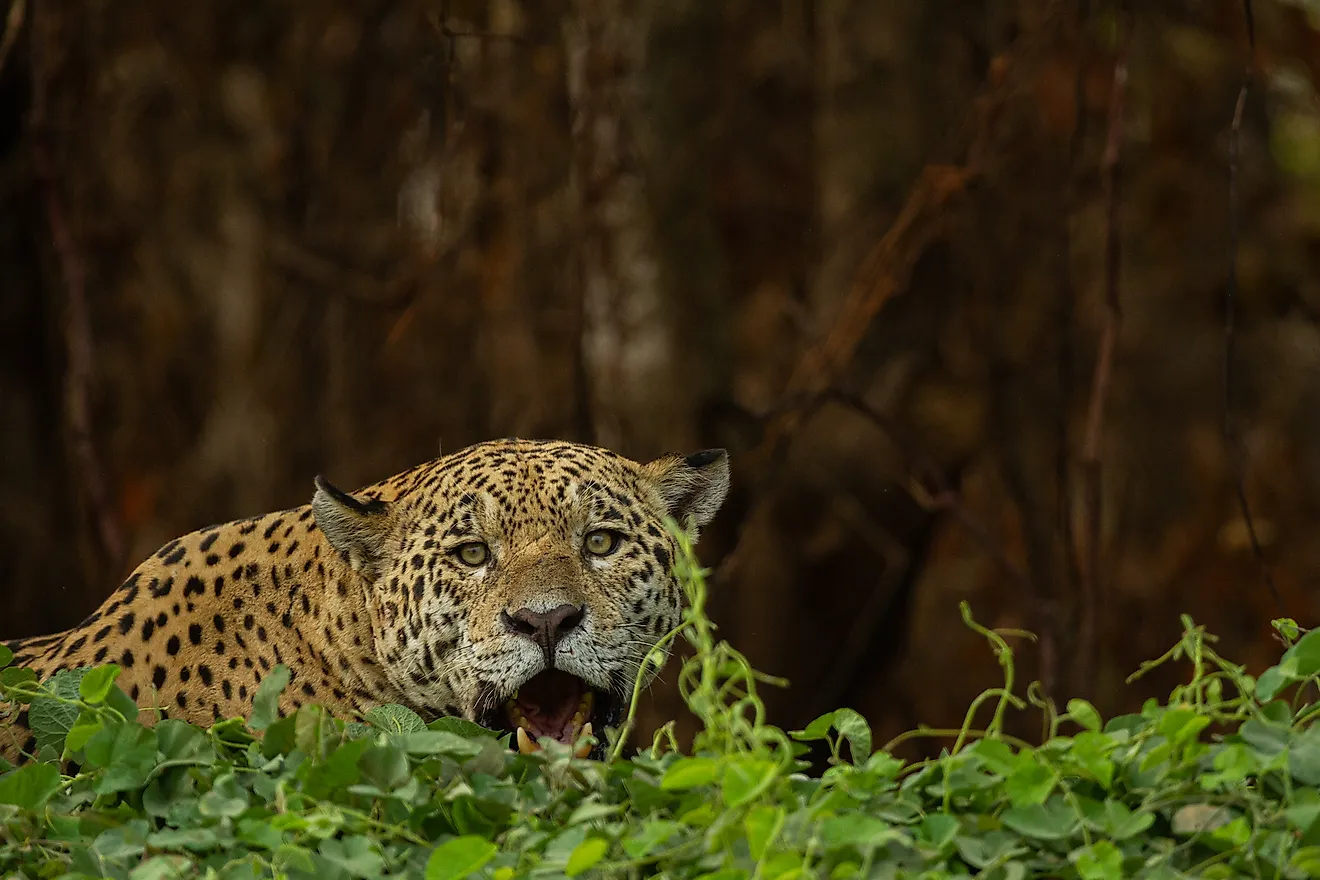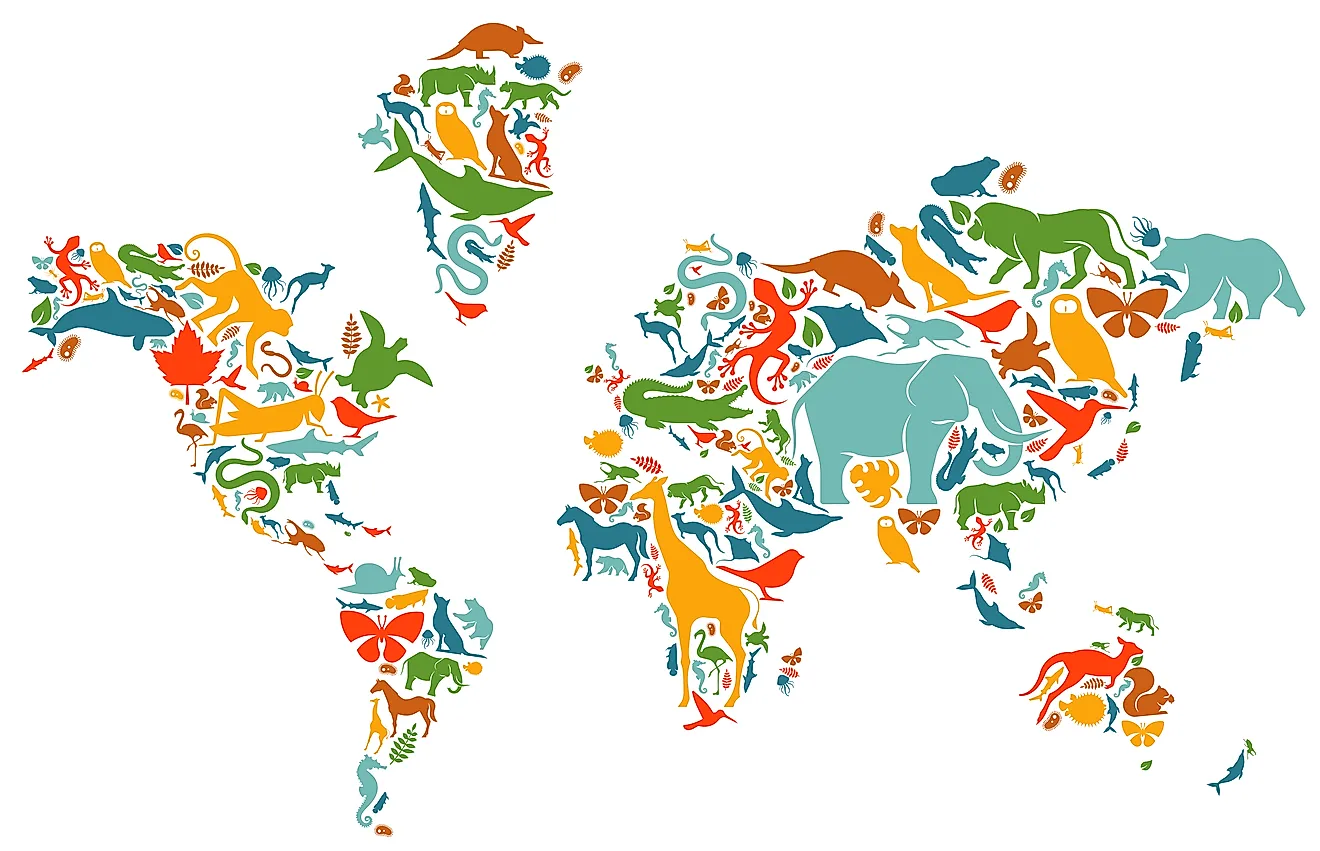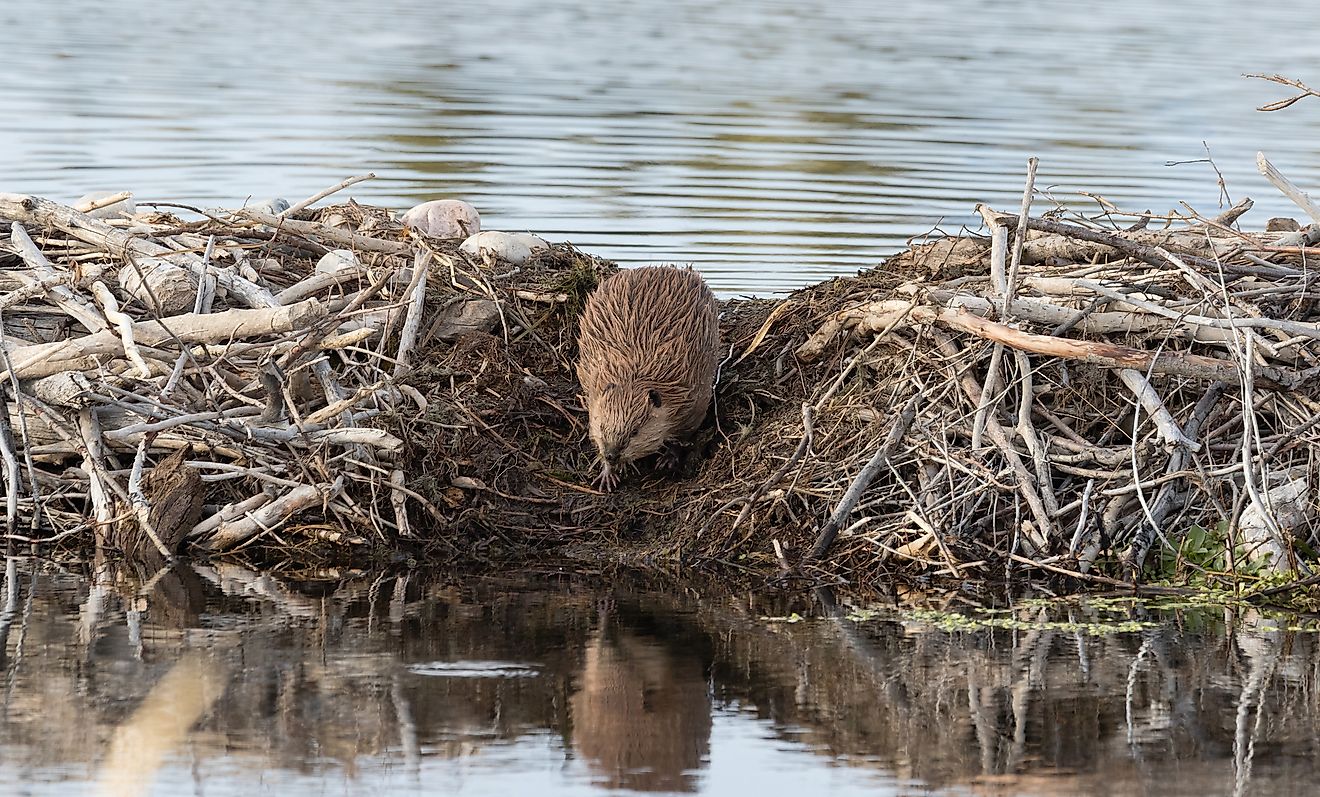Endangered Mammals of Ontario

As per the assessment by the IUCN Red List of Endangered species, there are 33 endangered mammal species in Ontario. The major threats to these species include habitat loss, illegal hunting, and genetic alteration. Conservation efforts have however been put in place to change the status of these species. The analysis below shows a list of some of the endangered mammalian species of Ontario.
Some Endangered Mammals Of Ontario
American Bison
This mammal is a species of bison also known as the American buffalo that inhabited the grasslands in North America and almost became extinct in the 19th century due to commercial hunting and slaughter and the emergence of bovine diseases introduced by interactions with domestic cattle. As per the 2008 assessment by the IUCN Red List, there were approximately 11,250 wild free-ranging individuals of this species. The resurgence of this species has been possible due to the conservation efforts made by private parks and reserves across Canada and the USA.
Polar Bear
This carnivorous bear is native to the Arctic Circle in the Arctic Ocean, the surrounding seas, and the surrounding lands. The Polar Bear Specialist Group (PBSG) recognizes 19 sub-populations of the polar bear that are consistently declining. There is, however, not enough information and knowledge about the specific population of the polar bears. The major threat to the polar bear is the loss of habitat in the Arctic Circle caused by climate change. Lack of enough knowledge on this species has also made it difficult for conservation and management efforts.
The polar bear is listed by the IUCN Red List as vulnerable. There was an International Agreement on the Conservation of Polar Bears signed in 1973 by five states including Canada. The agreement provided guidance on each state to conduct research on polar bears.
Rock Vole
The rock vole, also known as the yellow-nosed vole, inhabits eastern North America. This species inhabits the rocky slopes of eastern Canada. The rock vole often prefers wet, cool, coniferous, and mixed forests. The primary threat to the rock vole species is the loss of its habitat due to forest destruction. There is, however, no major threat to the rock vole as the IUCN Red List has it as “Least Concern.” Conservation of the rock vole in Ontario is done through protection in national forests, parks, and public lands.
The Need To Conserve
Significant efforts have been made to conserve the endangered mammals of Ontario. However, enhanced public awareness regarding the fate of these animals is the need of the day. The government also needs to diversify and expand the conservation efforts to ensure the continued survival of these endangered animals.
Endangered Mammals of Ontario
| Rank | Animal Name | Scientific Name | Conservation Status (IUCN) |
|---|---|---|---|
| 1 | American bison | Bison bison | Critically Endangered |
| 2 | Virginia opossum | Didelphis virgininiana | Critically Endangered |
| 3 | Carolina flying squirrel | Glaucomys sabrinus | Critically Endangered |
| 4 | Southern flying squirrel | Glaucomys volans | Critically Endangered |
| 5 | Thirteen-lined ground squirrel | Ictidomys tridecemlineatus | Critically Endangered |
| 6 | Eastern red bat | Lasiurus borealis | Critically Endangered |
| 7 | Hoary bat | Lasurus cinereus | Critically Endangered |
| 8 | Snowshore hare | Lepus americanus | Critically Endangered |
| 9 | White-tailed jackrabbit | Lepus townsendii | Critically Endangered |
| 10 | North American river otter | Lontra canadensis | Critically Endangered |
| 11 | Bobcat | Lynx rufus | Critically Endangered |
| 12 | Woodchuck | Marmota monax | Critically Endangered |
| 13 | Microtus chrotorrhinus | Southern rock vole | Critically Endangered |
| 14 | Chihuahua vole | Microtus pennsylvanicus | Critically Endangered |
| 15 | Woodland vole | Microtus pinetorum | Critically Endangered |
| 16 | Southern red-backed vole | Myodes gapperi | Critically Endangered |
| 17 | Eastern small-footed myotis | Myotis leibii | Critically Endangered |
| 18 | Northern myotis | Myotis septentrionalis | Critically Endangered |
| 19 | Woodland jumping mouse | Napaeozapus insignis | Critically Endangered |
| 20 | Least chipmunk | Neotamias minimus | Critically Endangered |
| 21 | White-tailed deer | Odocoileus virginianus | Critically Endangered |
| 22 | White-footed mouse | Peromyscus leucopus | Critically Endangered |
| 23 | Eastern heather vole | Phenacomys ungava | Critically Endangered |
| 24 | Franklin's ground squirrel | Poliocitellus franklinii | Critically Endangered |
| 25 | Eastern mole | Scalopus aquaticus | Critically Endangered |
| 26 | Smoky shrew | Sorex feumeus | Critically Endangered |
| 27 | Eastern cottontail | Sylvilagus floridanus | Critically Endangered |
| 28 | Okanagan bog lemming | Synaptomys borealis | Critically Endangered |
| 29 | Southern bog lemming | Synaptomys cooperi | Critically Endangered |
| 30 | Eastern chipmunk | Tamis striatus | Critically Endangered |
| 31 | Red squirrel | Tamiasciurus hudsonicus | Critically Endangered |
| 32 | Polar bear | Ursus maritimus | Critically Endangered |
| 33 | Meadow jumping mouse | Zapus hudsonius | Critically Endangered |











